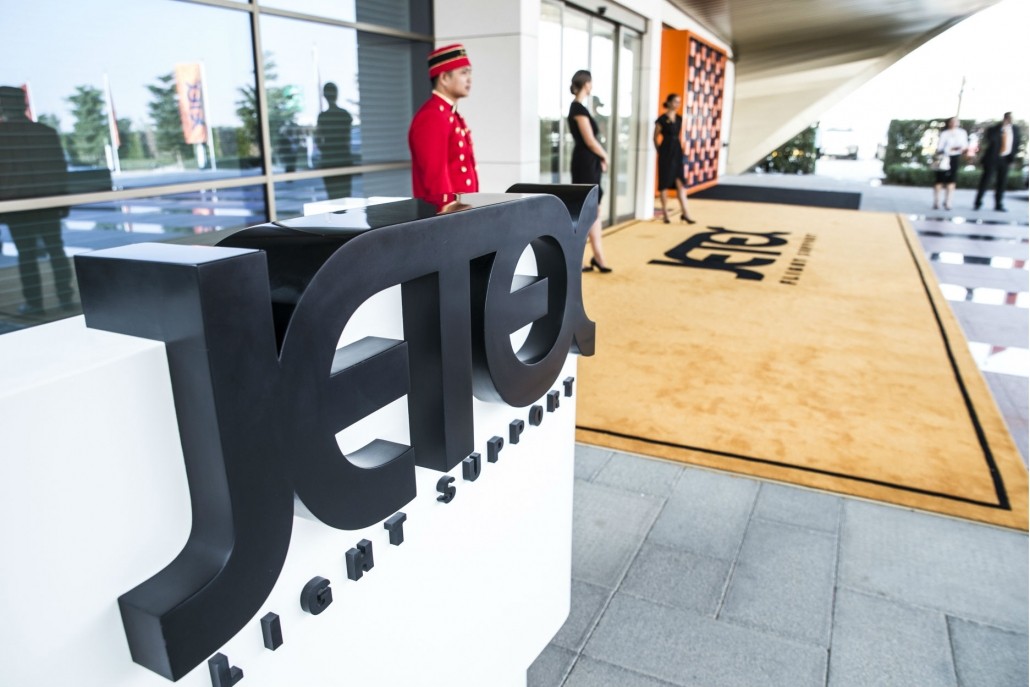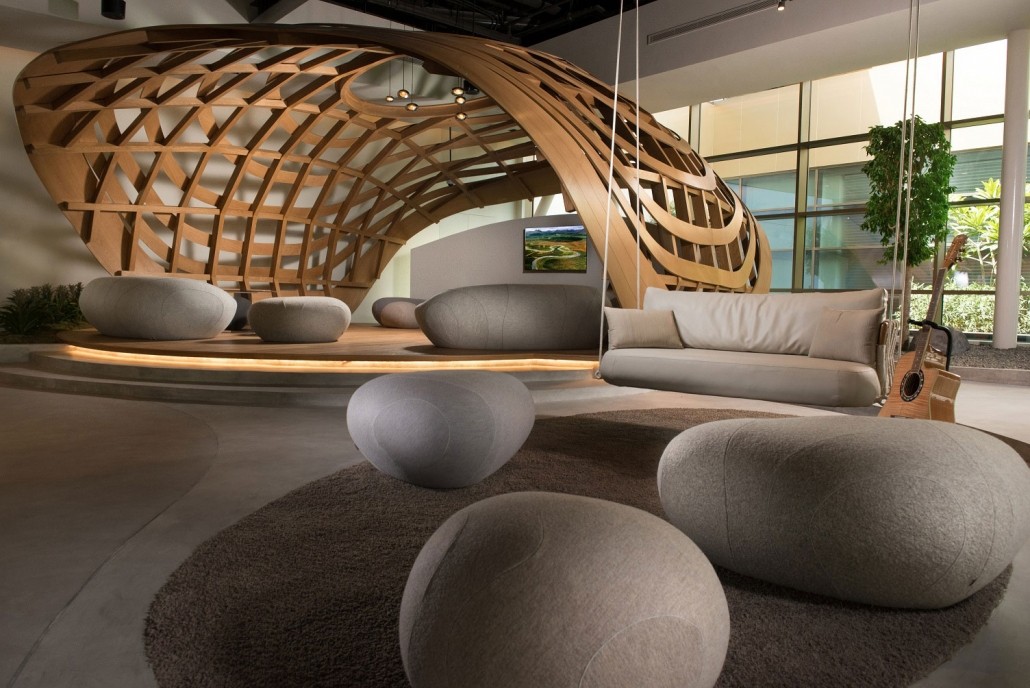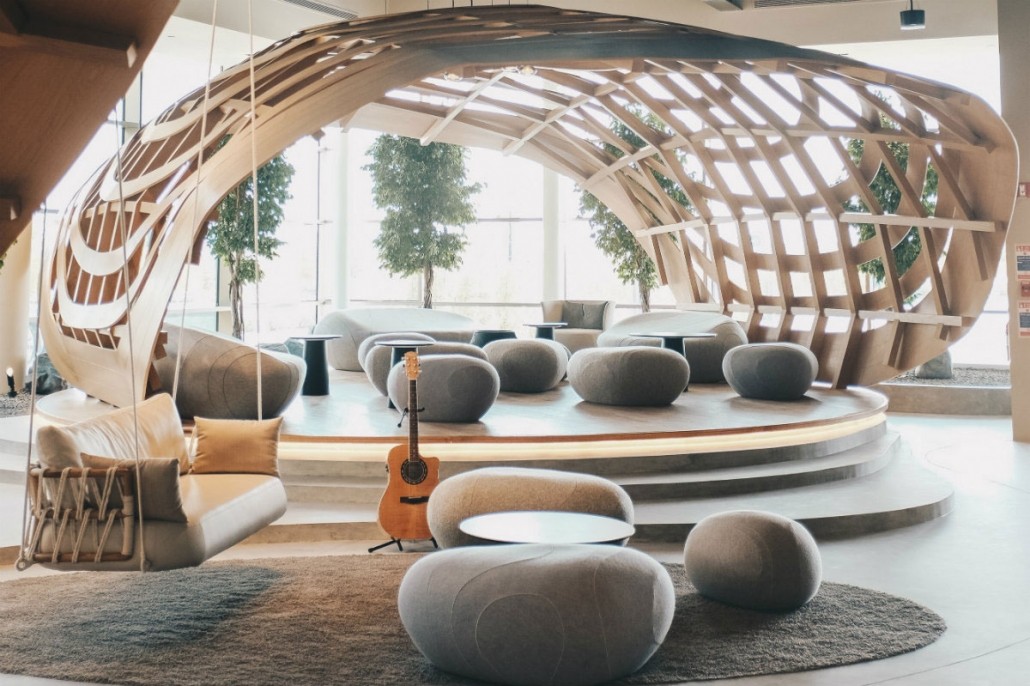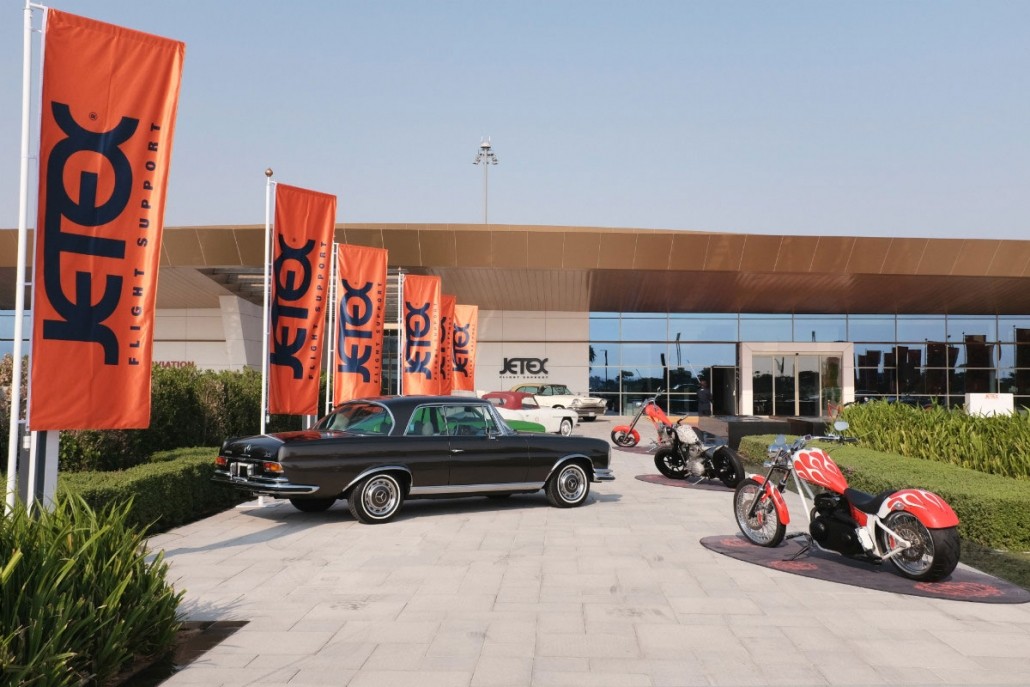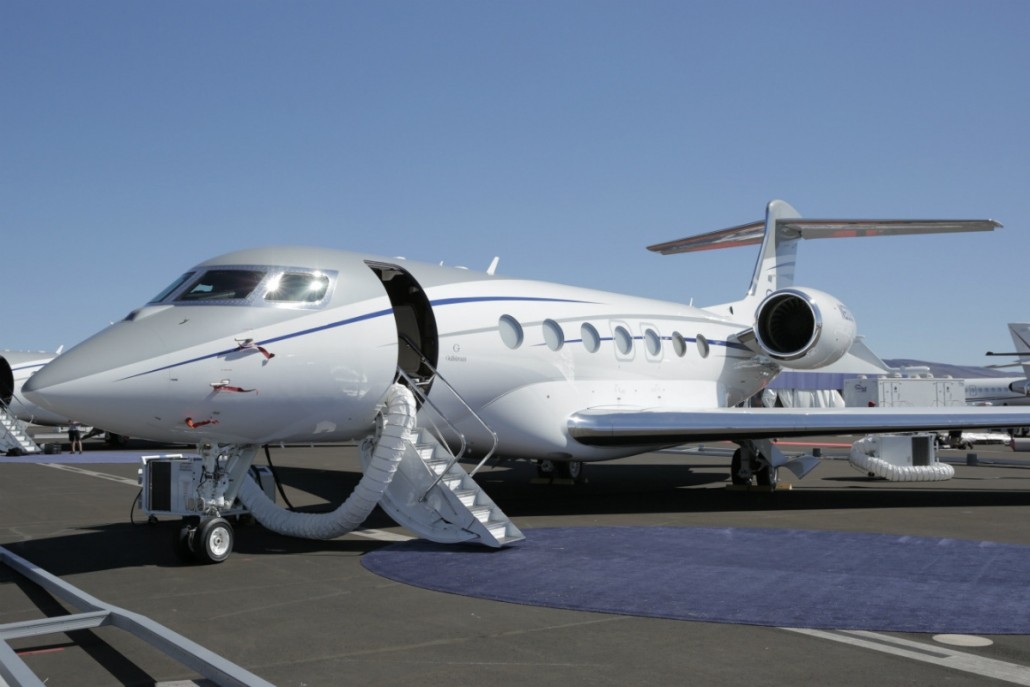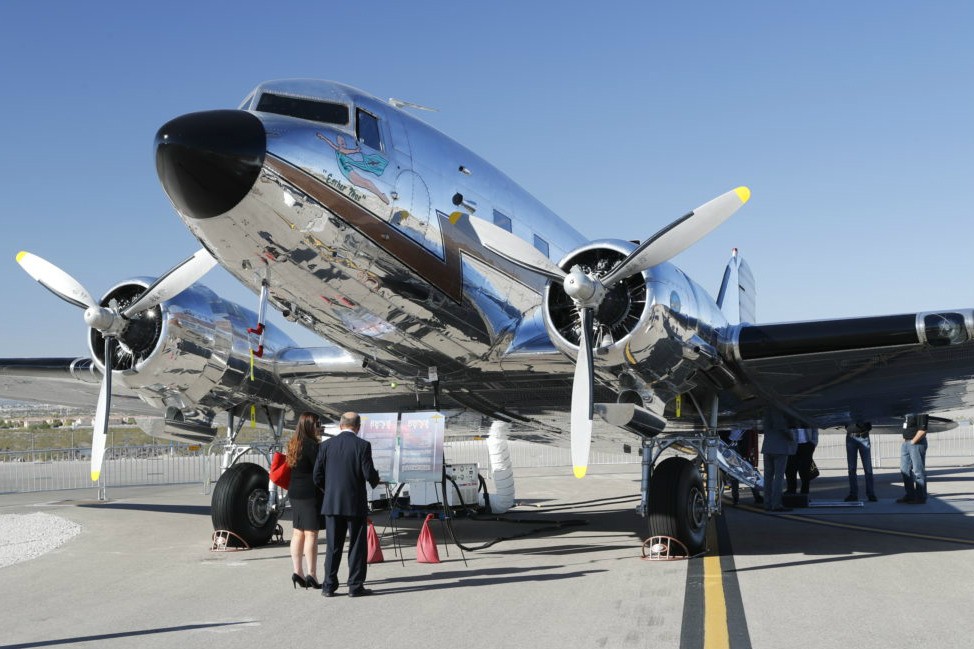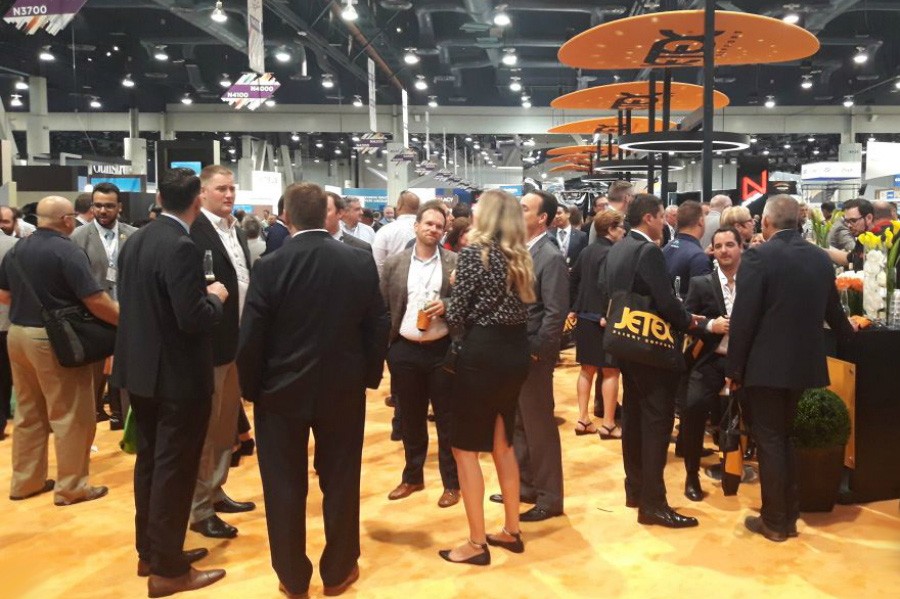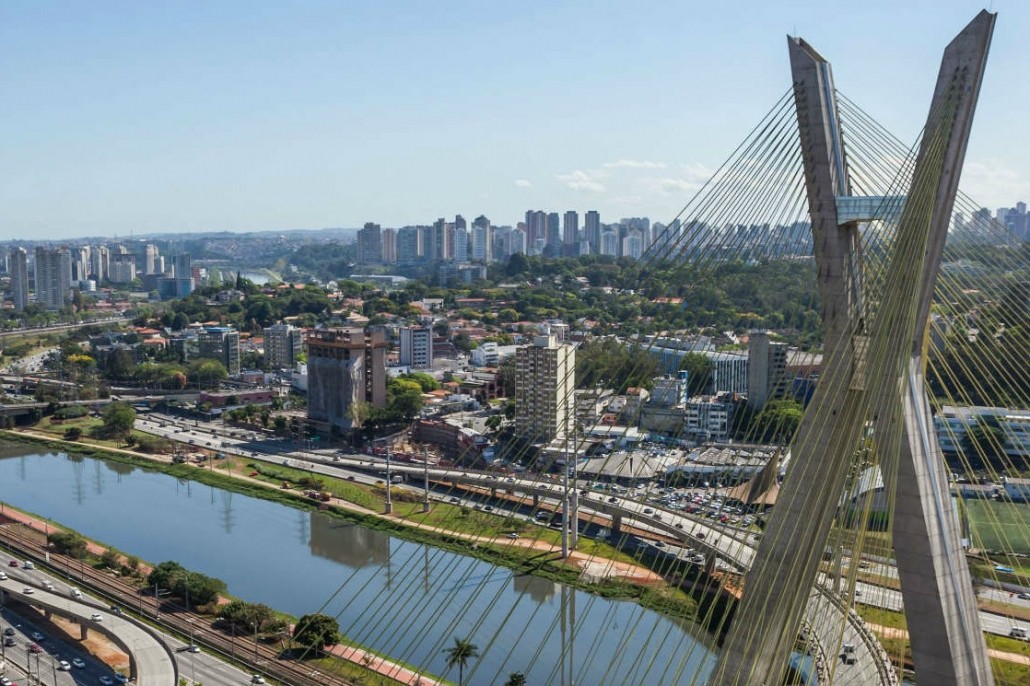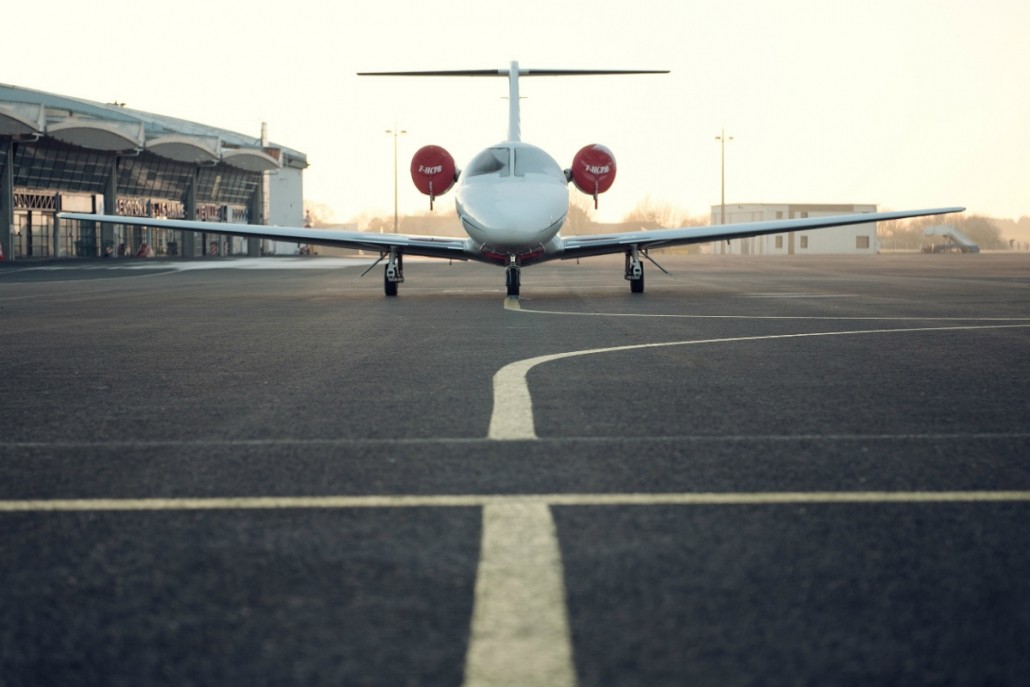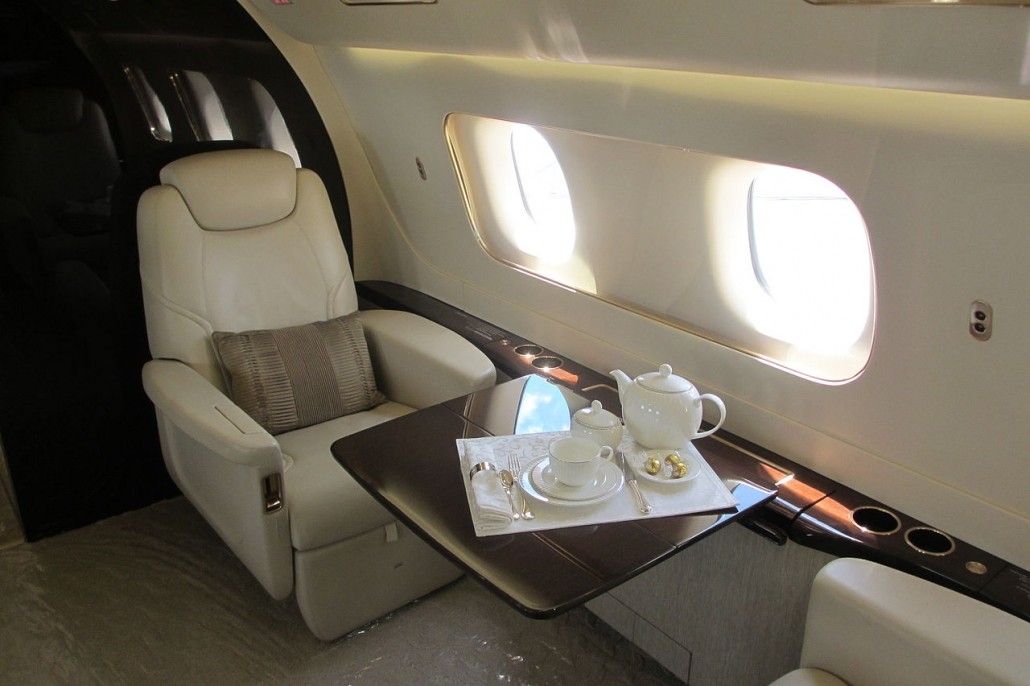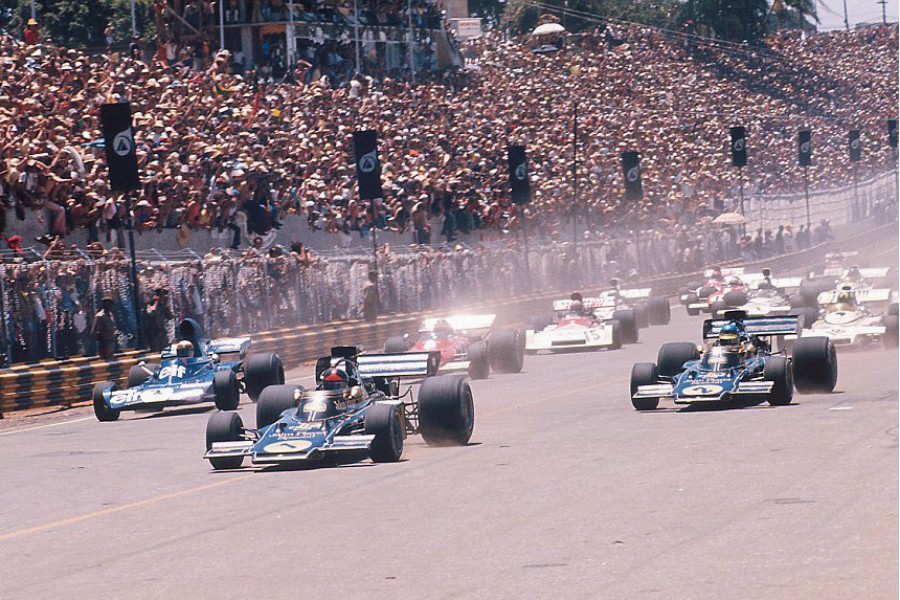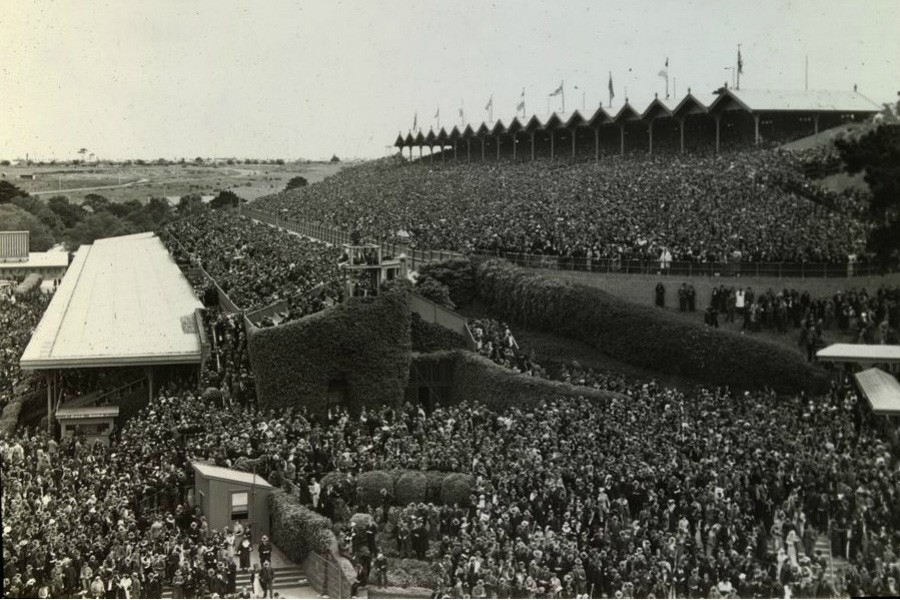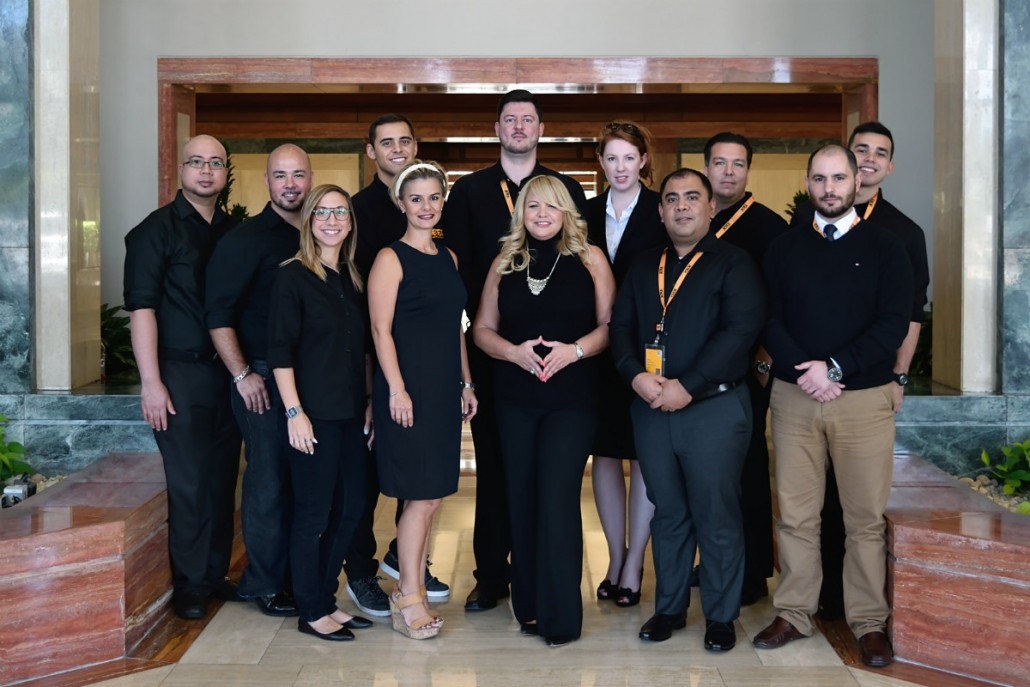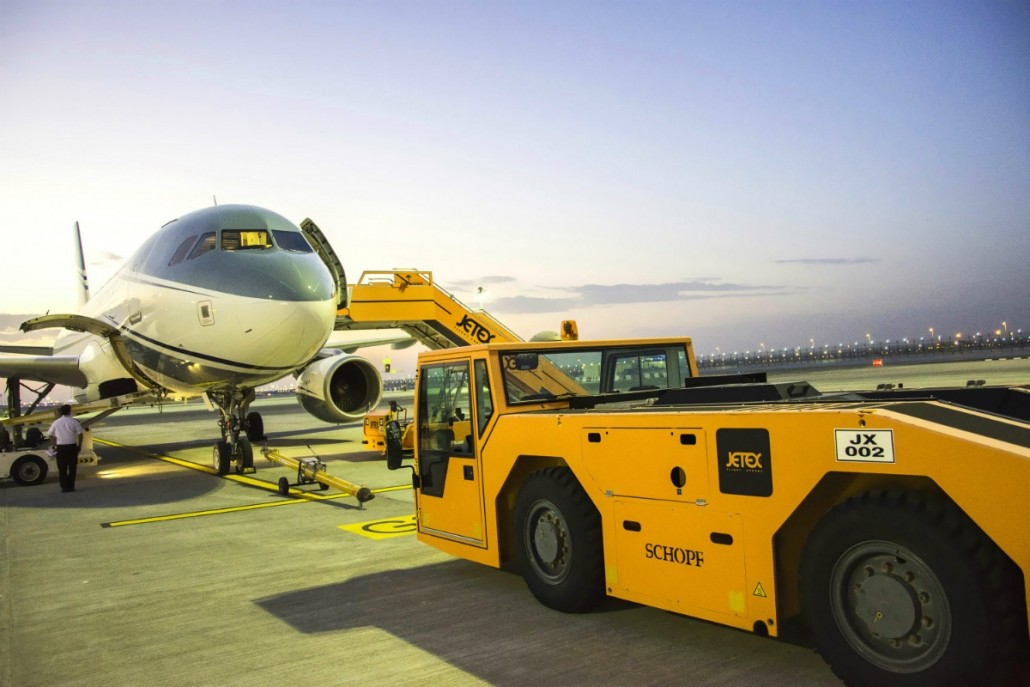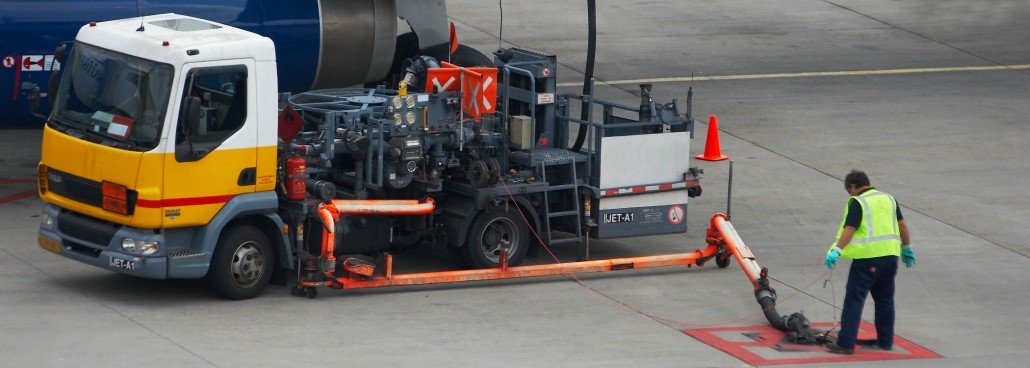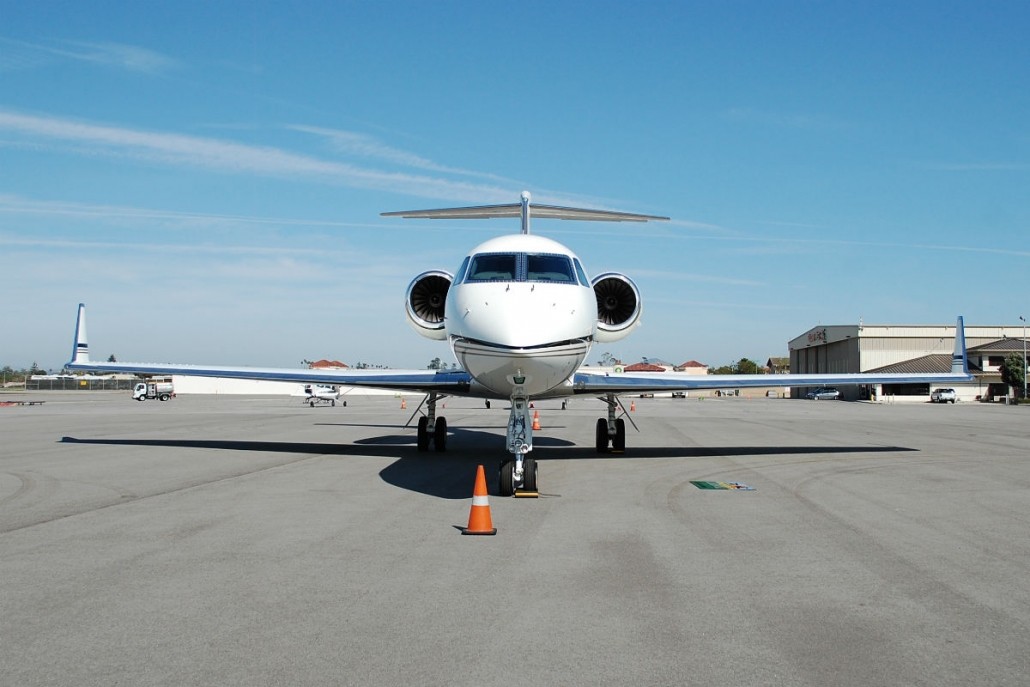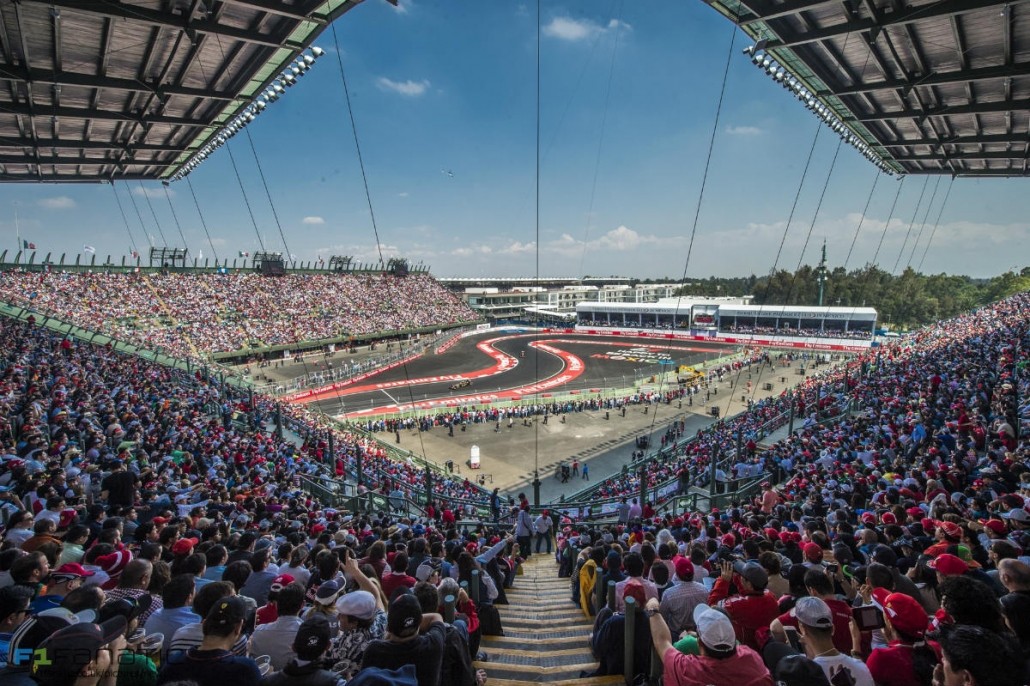Dubai is a city of superlatives. Known around the world as a by-word for luxury, the emirate has enjoyed a rapid ascension in the space of just a few decades, transforming from a humble fishing village to a gleaming high-rise metropolis. Let’s take a look at some of the top attractions this incomparable destination has to offer!
1. Reach New Heights at Burj Khalifa, the World’s Tallest Building
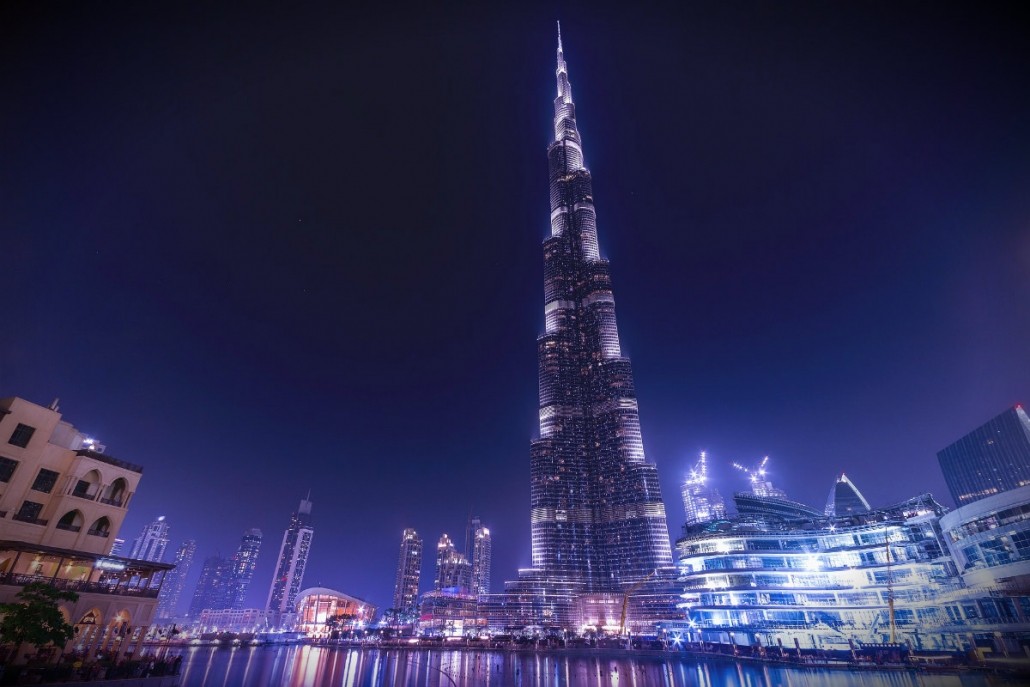
Live the high life at the instantly recognizable Burj Khalifa. A marvel of engineering, this unique landmark is visible from all over Dubai.
No trip to Dubai is complete without a visit to the iconic Burj Khalifa. The world’s tallest building, this unique structure towers 828 meters over the city, and is the focal point of the Downtown area’s impressive skyline. Whilst the glass and steel-faced skyscraper exudes modernity, the tower’s overall aesthetic is inspired by patterns found throughout the region’s ancient Islamic architecture. This melding of tradition and cutting-edge technology epitomizes Dubai’s ever-evolving cityscape.
Take a high-speed elevator ride to the observation deck on the 124th floor, preceded by a series of fascinating exhibits charting the development of this incredible feat of engineering. For the ultimate vantage point, the At The Top Sky Lounge nestles at the dizzying heights of level 148, more than half a kilometer above the ground. Interested in experiencing high-altitude fine dining? Book at table at At.mosphere on level 122, and enjoy a meal with a view like no other.
2. Shop Till You Drop at the Largest Mall on the Planet

The lavish marbled interior of Mall of the Emirates in Dubai, one of the region’s largest shopping centers.
Adjacent to the world’s tallest building, you will find the world’s largest shopping center. The Dubai Mall covers a total internal floor area of almost six million square feet, and houses over 1,200 high-end retail outlets and restaurants. Whilst that would be enough to keep even the most ardent shopaholic occupied, this gargantuan complex offers much more than just the opportunity to explore the hottest designer brands. The impressive Dubai Aquarium is located on the ground floor of the mall, and presents an opportunity to get up close and personal with a huge variety of marine life. Its 10-million liter tank is home to some 140 species of aquatic creatures, including over 300 sharks and rays. Other must-see attractions include an elegant 24-meter indoor waterfall, an Olympic-size ice rink, and a 22-screen multiplex cinema. Last but not least, prepare to be wowed by the Dubai Fountain. The world’s largest (naturally!) choreographed fountain system is situated at a pictureque lake in the shadow of the Burj Khalifa. Rhythmic pulses of water soar over 500 feet into the air in a spectacular display, synchronized to a cosmopolitan blend of local and global soundtracks. The many restaurants and cafes which line the surrounding promenade offer a comfortable vantage point from which to relax and enjoy the show, which takes place every 30 minutes throughout the evening.
You could easily spend several days in the Dubai Mall and still not see everything, but don’t forget to visit the other stunning shopping centers the city has to offer. Fancy taking part in winter sports activities in a desert country? Then head to Ski Dubai at Mall of the Emirates, an indoor ski resort featuring an 85-meter high indoor mountain, complete with its own chairlifts, real snow and… penguins! Mall of the Emirates also offers ample opportunity to indulge in a bit of retail therapy, with more than 630 retail outlets and over 100 restaurants and cafés. Other notable shopping venues in the city include the classy Burjuman Center, the luxurious Wafi Mall, and Ibn Battuta Mall, which features several distinct zones themed around countries visited by renowned Arabic adventurer Ibn Batutta.
3. Hit the Beach
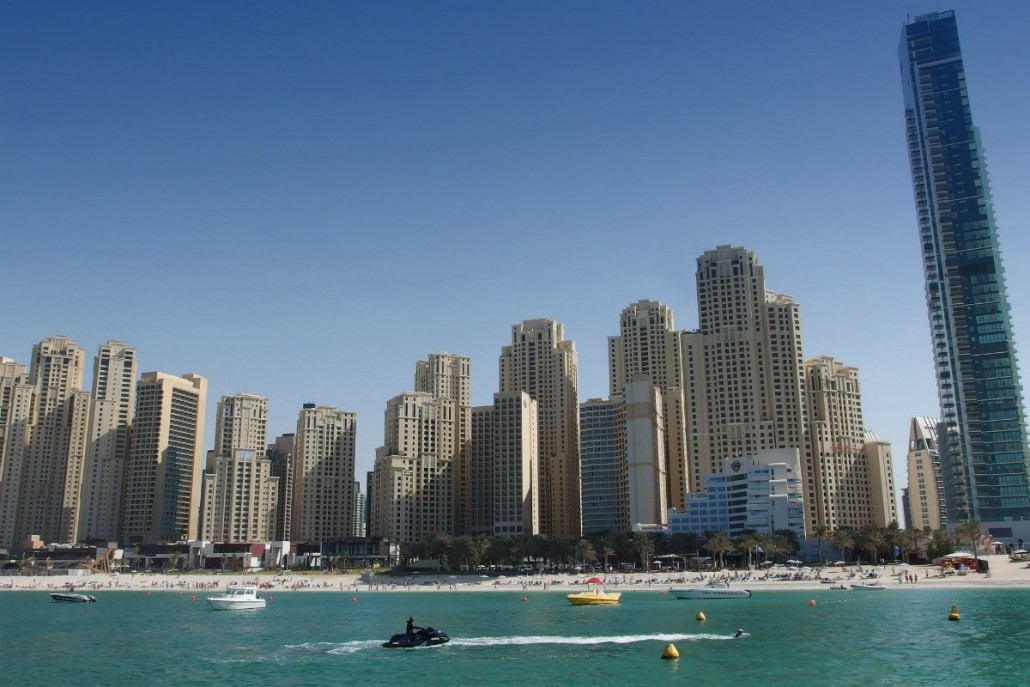
Enjoy a day at JBR Beach, one of the most popular stretches of coastline in the city (Image Credit: Guilhem Vellut).
The cooler weather is fast approaching in Dubai, making it an ideal time to visit one of the city’s many beaches. November to March are generally considered the best months to do so, when daytime temperatures drop to a pleasant 25°C (77°F). The expansive coastline of the Arabian Gulf offers an abundance of spots to relax where the sand meets the ocean. Perhaps the most popular of these is JBR beach, which runs alongside the famous Walk promenade adjacent to Dubai Marina. Here, you can lounge in the sun and take a dip in the clear waters, with some of the tallest residential buildings on the planet forming a stunning backdrop. JBR is also home to The Beach, an outdoor mall concept on the edge of the sands which features a jogging track, open air gym, and a plethora of popular restaurants.
Looking for the perfect spot to get a snap of the iconic Burj Al Arab hotel? Head further north to Umm Suqeim Beach. Also known by locals as Sunset Beach, this picturesque stretch of coastline is the ideal place to spend a relaxing afternoon. If you prefer a more lively experience, Kite Beach is just what what you are looking for. The hang-out of choice for kite surfers, paddle boarders and swimmers, it offers outstanding amenities including ample changing facilities, beach volleyball courts and a jogging track, as well as an assortment of quirky eateries. Al Mamzar Beach Park and Jumeirah Beach Park both feature not only attractive beaches, but green parks complete with barbecue areas and children’s playgrounds, making for a great day out for all the family.
In search of something a little more upmarket? Spend a sun-kissed day at one of the city’s luxurious private beach clubs. There are countless options available, catering to every taste. Many of the most popular can be found on the Palm Jumeirah. The world’s largest man-made island, the Palm’s tree-inspired design provides endless waterfront entertainment options. With most of the top 5-star resorts offering day access packages to non-guests, you can lounge in a variety of sumptuous locations throughout your stay.
4. Enjoy a Desert Adventure

A hot air balloon drifts over the Al Margham conservation area in Dubai, one of the many exciting ways to explore the desert.
From the fine white sands of the beach, we move inland to the dramatic landscape of the Arabian Desert. Just a short drive from the city you can discover a world a million miles from the hustle and bustle of Dubai’s futuristic urban conurbation. Wide expanses of sand and dramatic dunes stretch as far as the eye can see in this starkly beautiful environment. There are various ways to explore the desert, the most popular being to join one of the many Desert Safari tours available. Prepare for a thrilling ride in a 4×4 as you go dune-bashing, an exciting activity which sees expert drivers racing up and down the undulating slopes. Typically, you will be driven to a Bedouin-style desert encampment, where a lavish Arabic buffet awaits. Entertainment from traditional musicians and belly dancers sets the mood at these celebrations of local culture, where you can witness falconry displays, experience the art of henna tattoos and enjoy the famous shisha pipe.
If you wish to stick around for longer, there are a number of high-end resorts available which promise a unique getaway in one of the last untamed wildernesses on the planet. The peaceful surroundings are an ideal place to relax and unwind. Fancy something a bit different? Why not go up, up and away in a hot air balloon! Several companies offer captivating balloon trips over the desert, which allow you to take in the vast panorama from above in a truly unforgettable adventure.
.
5. Visit Palm Jumeirah, the World’s Largest Man-made Island
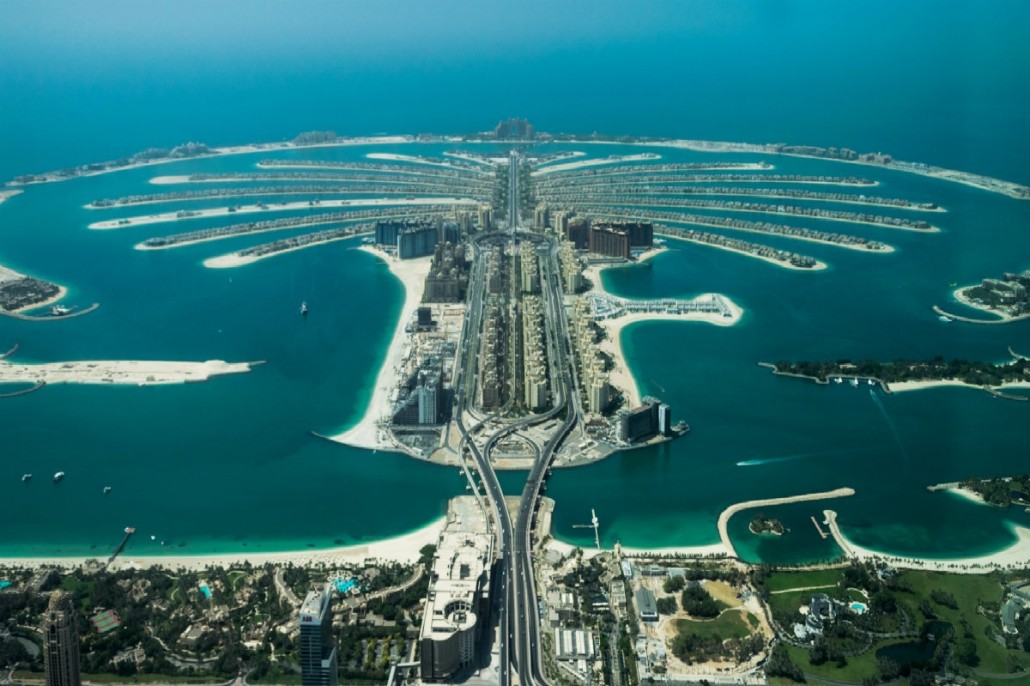
Shaped like a stylized palm tree, the Palm Jumeirah is the world’s largest man-made island (Image Credit: Zicarlo van Aalderen).
Where else but in Dubai would you find the world’s largest man-made island? Taking the shape of a stylized palm tree for inspiration, this wonder of modern engineering has a total surface area of 5.72km², and is home to some of the city’s most exclusive real estate. While the reclaimed land may cover a relatively small area, the unique design has added more than 520km to Dubai’s shoreline. This abundance of beach area has been utilized to full effect, with the opening of a multitude of 5-star resorts and exclusive beach clubs.
The most famous resort on the island is undoubtedly Atlantis the Palm. Sitting at the crown of the Palm, this gargantuan complex has become a tourist attraction in its own right, with throngs of visitors flocking to the hotel every day for photo opportunities. Guests can marvel at the lost chambers aquarium, experience underwater dining at the Ossiano underwater restaurant, or make a splash at the popular Wild Wadi Waterpark. Further along the outer fronds of the Palm, you will find several more discreet luxury resorts catering to those seeking a more relaxed vacation.
Feel like doing something more adventurous? View the Palm from a whole new angle, with Skydive Dubai! This could be the world’s most easily accessible way for first-timers to experience the thrill of skydiving. Book a tandem jump with a qualified instructor, and just a short while later you can be hurtling towards the earth from a height of around 4,000 meters. Your one minute of freefall will be recorded on video for posterity, creating the ultimate souvenir for adrenaline junkies.
.
6. Explore the Timeless Heritage of Old Dubai
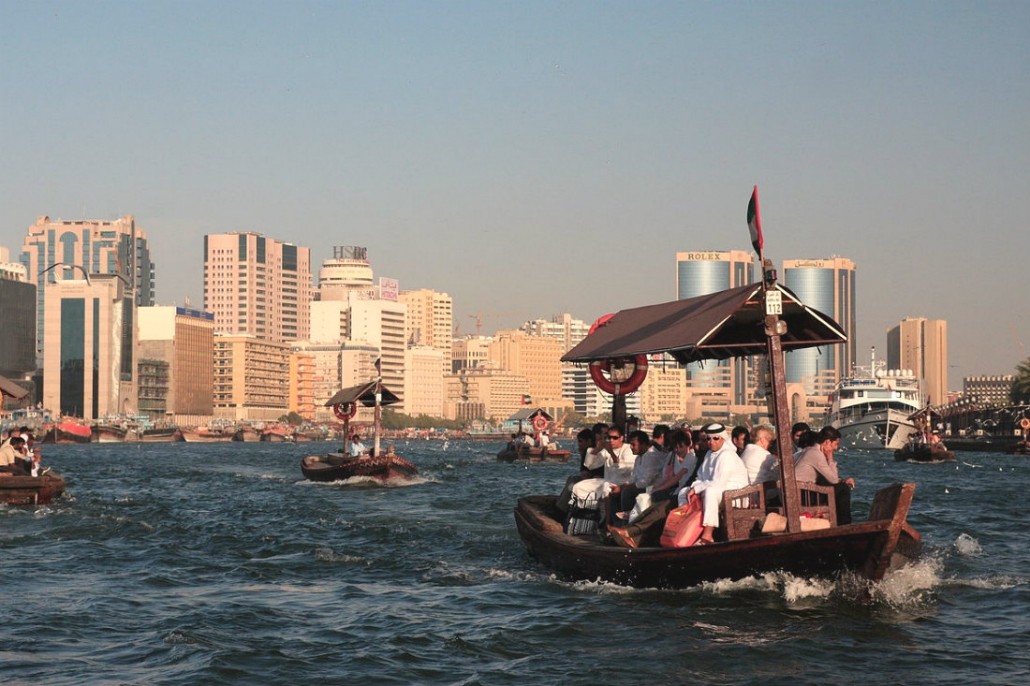
Take a ride on a traditional abra boat for a true taste of Old Dubai (Image Credit: yeowatzup).
While Dubai’s image around the world is one of gleaming skyscrapers and opulent resorts, many pockets of the city retain their old-world charm. To experience an authentic taste of old Dubai, head to Dubai Creek and take a ride on one of the traditional abra boats. These rustic wooden vessels make regular trips across the water, offering visitors a fantastic opportunity to step back in time on a mode of transport that hasn’t changed in decades. For a nominal fare of just one dirham per person you can set sail for a number of destinations, including the Old Souk abra station. Alight here to visit the famous Gold Souk. A souk is a traditional market where you can browse a vast array of goods and haggle with vendors. A trip here really captures the atmosphere of old Arabia, and the sheer quantity of precious metals and jewelry on display is staggering. Don’t forget to explore the nearby spice, textile and perfume souks, where you can find many interesting and unique items at bargain prices.
Another must-visit location is the Al Fahidi Historical Neighborhood. Also known as Bastakiya, this conservation area in Bur Dubai dates back more than a century and retains the original buildings and atmosphere of a bygone era. Among the traditional wind towers and narrow, winding alleyways you will find a wealth of organizations dedicated to preserving local customs, including museums, art galleries and cultural societies. A trip to old Dubai should be an essential part of your itinerary, and represents a fascinating and informative way to become acquainted with the true local culture.
Plan Your Trip to Dubai With Jetex
We hope this article has provided inspiration for your next trip to Dubai. For further details on any of the attractions listed, please visit the official Dubai tourism website.
Still looking for fresh ideas? The Jetex Lifestyle team can help! Jetex Lifestyle is a groundbreaking concept, bringing together an irresistible package of privileges and bespoke services. Our exclusive partnerships and extensive global connections enable us to craft unique experiences which are unavailable elsewhere. If you can imagine it, we can arrange it!
Contact our team today on +971 4 212 4088 or lifestyle@jetex.com.
